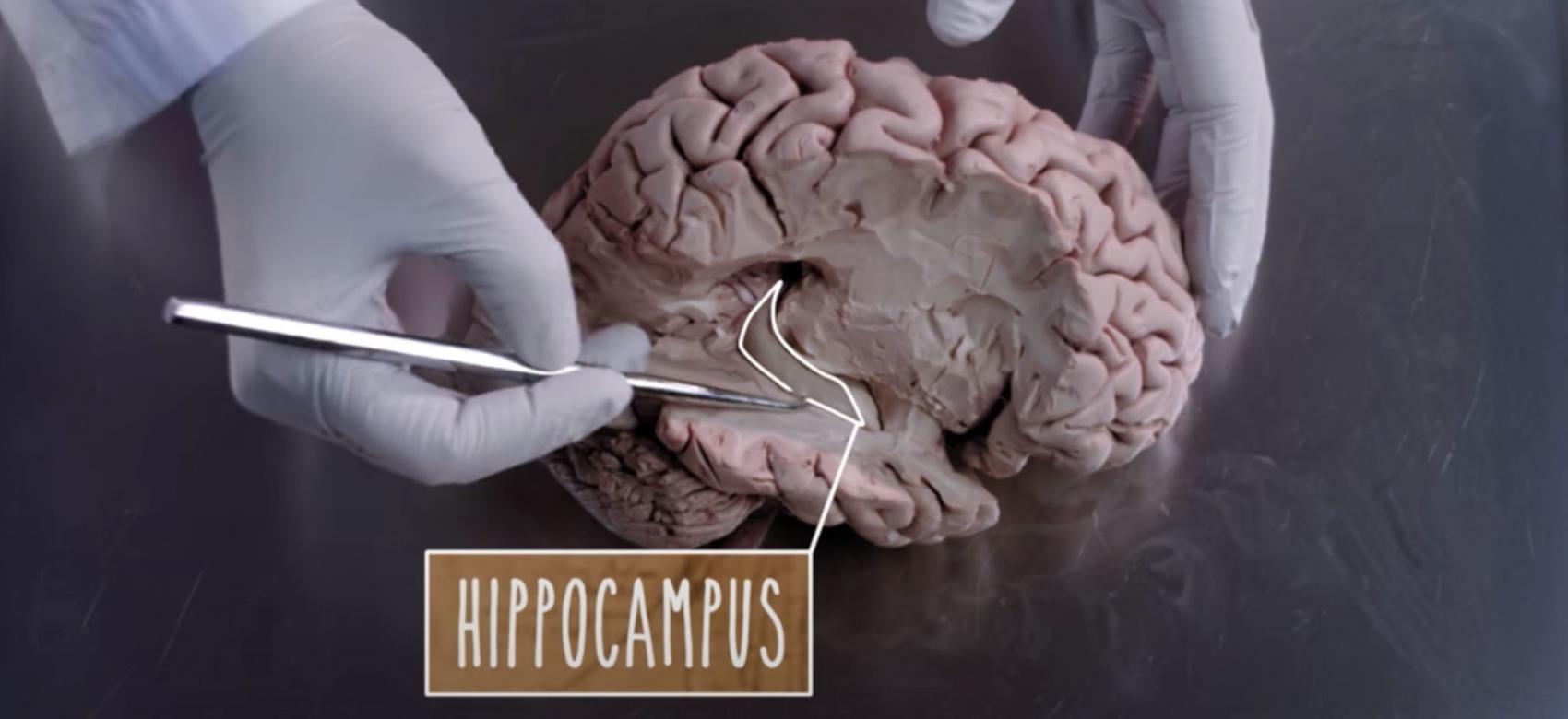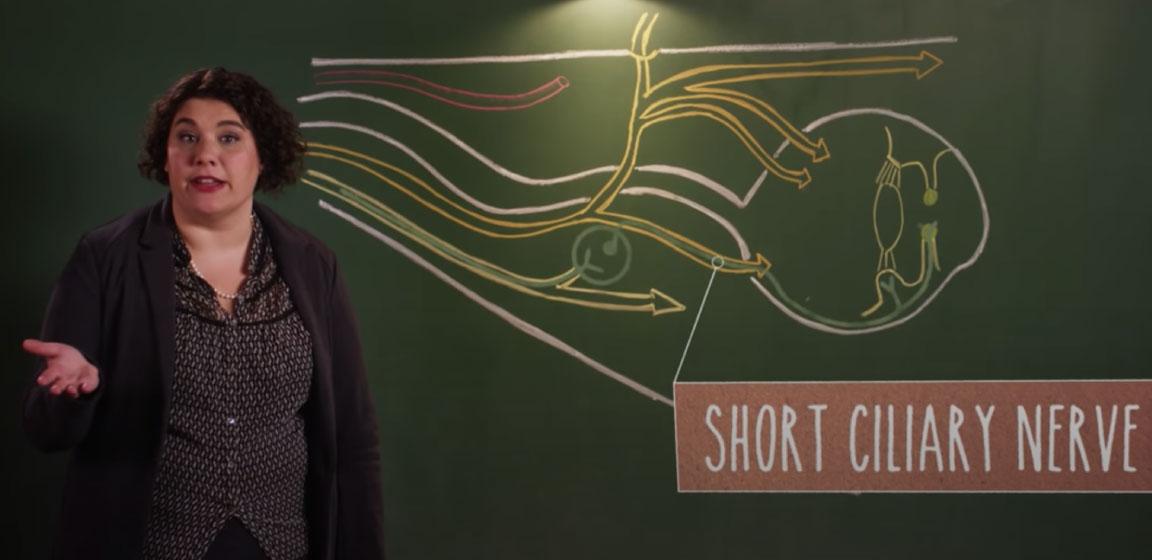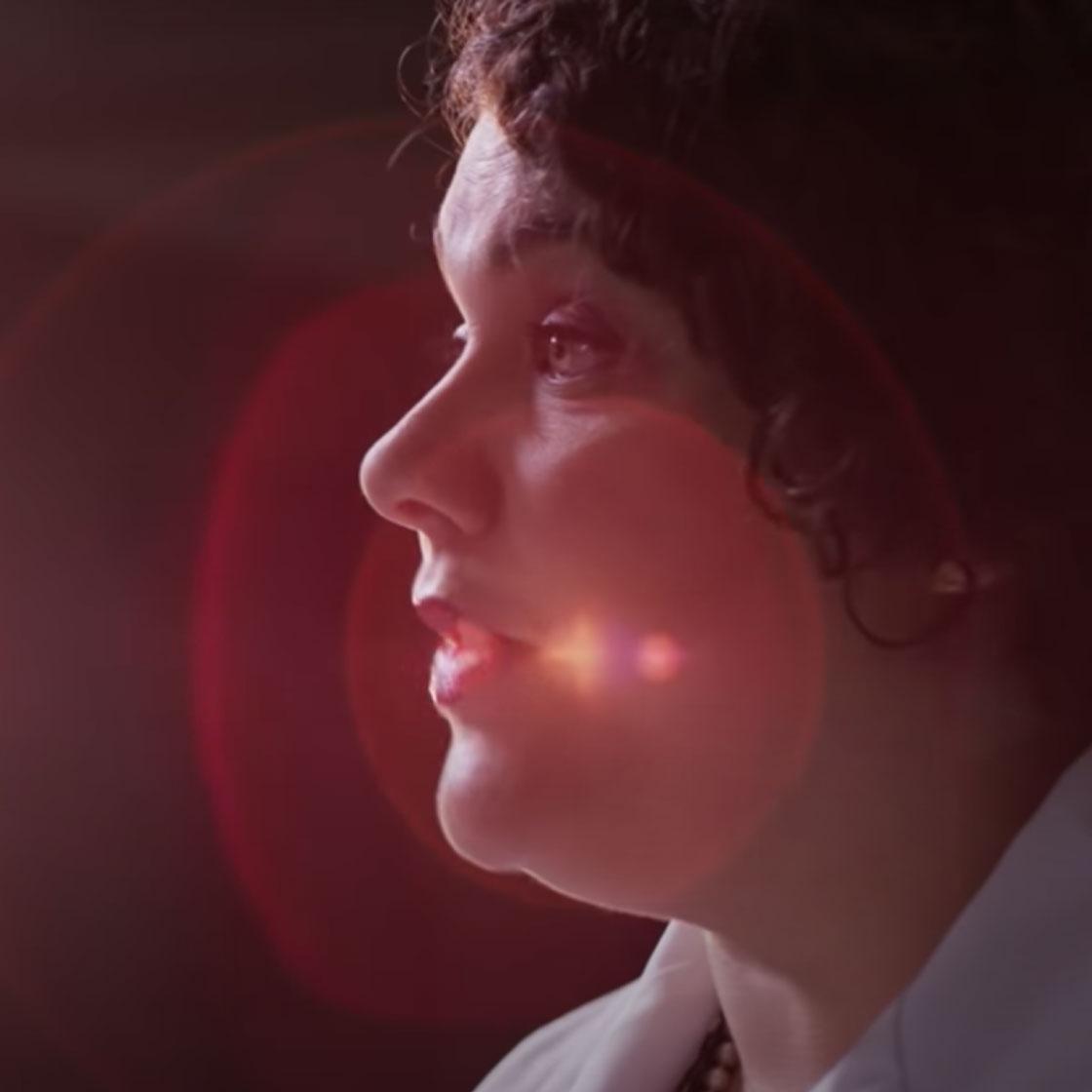You don’t have to be a neuroscientist to understand your brain
UBC neuroanatomy professor uses YouTube videos to make learning accessible to all

Initially, all that UBC neuroanatomy professor Dr. Claudia Krebs had hoped to do with her videos was to engage her own students in deeper learning so they would actually retain the information she wanted them to know. From experience, she knew that students often struggled with the sheer volume of information about the human brain. She figured that a few well-executed videos would help them learn the content more deeply.
What Krebs didn’t envision was that her videos would spark a global reaction. Within days of the first upload to YouTube, she had hits from as far away as the Middle East, Africa and South America. Krebs recalls: “We were getting hits from all around the world. While most of them originated in the US, Canada, Australia and Europe — as would be expected — I also had people in Iraq and Bangladesh emailing me about the videos.”
“By sharing these videos widely, we can really improve medical education not just for UBC students but for those in other places, too.”
Dr. Claudia Krebs, UBC Faculty of medicine
Since the inaugural video release in 2014, Krebs and her colleagues have created 18 neuroanatomy videos. They’ve also constructed accessible 3-D models of the brain, and have even ventured into VR learning with the Holobrain WebVR. These efforts have received hundreds of thousands of views and are being incorporated into post-secondary courses the world over.
Krebs is excited by how many people are learning from these videos. She notes: “Open education is where we have to go.”
“It’s our social responsibility as a publicly funded institution to share our knowledge. By sharing these videos widely, we can really improve medical education not just for UBC students but for those in other places, too.”
Originally published September 2016
Learn more about your brain through videos, 3-D models and scans.
Feel free to republish the text of this article, but please follow our guidelines for attribution and seek any necessary permissions before doing so. Please note that images are not included in this blanket licence.




